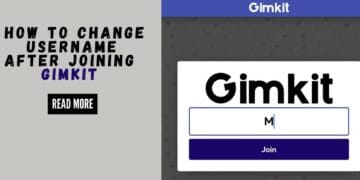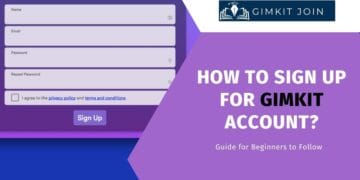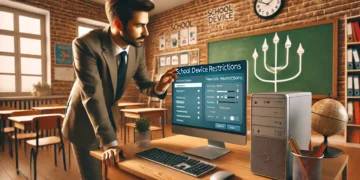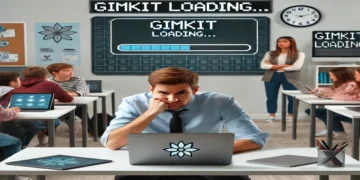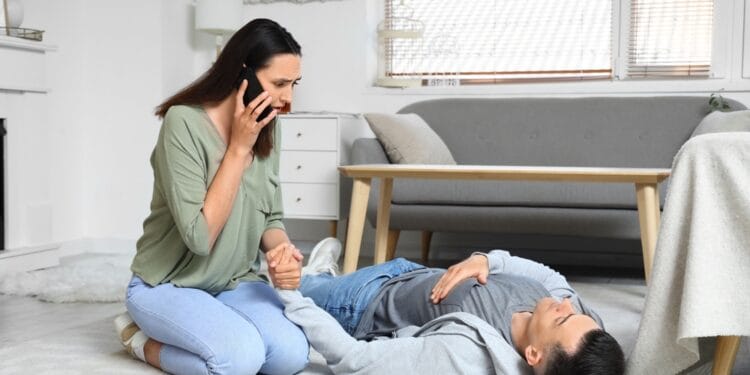What would you do if someone near you suddenly experienced a medical emergency like a heart attack, stroke, or severe allergic reaction? Knowing how to respond can save lives. This guide covers essential steps for handling these and other common emergencies, equipping you with the knowledge you need to act swiftly and effectively.
Recognizing a Heart Attack
Heart attacks are one of the leading causes of death worldwide, but rapid recognition and response can significantly increase the chances of survival. Understanding the symptoms and knowing what actions to take immediately can make a life-saving difference.
Common Symptoms
Heart attacks often present with specific symptoms that can vary from person to person. To identify the problem early, it is crucial to understand its most common symptoms so you can seek immediate medical attention when needed.
- Chest pain or discomfort is often described as a squeezing or pressure.
- Pain or discomfort in the upper body, including arms, back, neck, jaw, or even your stomach.
- Shortness of breath, which may occur with chest pain or without.
- Other symptoms can include cold sweats, nausea, or lightheadedness.
Recognizing these symptoms early and understanding their seriousness can make a significant difference in the outcome.
Immediate Actions
Knowing what to do when someone shows signs of a heart attack can save their life. Here are the immediate steps to take:
- Call 911 immediately. Do not attempt to drive the person to the hospital yourself.
- Have the person sit down and try to remain calm. Loosen any tight clothing.
- If the person is not allergic and aspirin is available, give them a standard dose (usually 325 mg) to chew slowly.
- If the person becomes unconscious, you must start CPR if you are trained to do so. You may also use an automated external defibrillator (AED) if you find one available and follow the device’s instructions.
Responding to a Stroke
Strokes require immediate medical attention to minimize brain damage and improve the chances of recovery. Early recognition and prompt action are critical in handling a stroke effectively.
Identifying Symptoms
Strokes require prompt recognition and action. Remember the F.A.S.T.F.A.S.T.:
- Face drooping: Take a good look at the patient’s face. Is one side of the face numb, or is it drooping?
- Arm weakness: Is one arm experiencing weakness or numbness? Request the patient to raise both of their arms and see if one arm drifts or falls downward.
- Speech difficulty: Is the patient’s speech slurred or hard to understand?
- Time to call 911: If you can observe any of these symptoms mentioned, even if they go away, call 911 immediately.
Immediate Steps to Take
When you suspect someone is having a stroke:
- Call 911 right away. Do not wait to see if symptoms improve.
- Keep the person comfortable and calm until help arrives.
- Note the time when symptoms first appeared; this information is crucial for medical personnel.
- Do not give the person food, drink, or medication unless instructed by a medical professional.
Dealing with Choking
Choking can occur suddenly and can be life-threatening if not addressed immediately. Recognizing the signs and knowing how to perform first aid for choking are crucial skills.
Recognizing Choking
Choking happens when an object, usually food, blocks the airway of a person. Signs include:
- Inability to talk or breathe.
- Clutching the throat (the universal choking sign).
- Coughing weakly or not at all.
- Skin turning blue or pale.
First Aid for Choking
For a conscious adult or child:
- Ask, “Are you choking?” If they nod yes and cannot talk, act quickly.
- Perform the Heimlich maneuver:
- To start, stand behind the patient and wrap your arms around their waist.
- Then, make a fist with one hand and place the hand just above the navel.
- Grasp the fist with your other hand and perform quick, upward thrusts.
- Repeat the process until the object is expelled or the person becomes unconscious.
For infants under one year old:
- Place the infant face down on your forearm, supporting their head.
- Give five back blows with the heel of your hand.
- If the object does not come out or dislodge, turn the infant over and give five chest thrusts using two fingers.
Managing Severe Bleeding
Severe bleeding can be life-threatening. This is why knowing how to identify and manage severe bleeding can save lives.
Identifying Severe Bleeding
Severe bleeding can be life-threatening and needs immediate attention. Signs include:
- Blood spurting from a wound.
- Blood that will not stop flowing.
- Blood soaking through clothing or bandages quickly.
First Aid Steps
- Call 911 immediately.
- While waiting, use a clean cloth or bandage to apply direct pressure to the wound.
- If possible, elevate the bleeding part above the heart.
- If the bleeding does not stop, apply a tourniquet above the wound if you are trained to use one.
Handling Seizures
Seizures can be frightening to witness, but knowing how to respond appropriately can help ensure the safety of the person experiencing the seizure.
Recognizing a Seizure
Seizures can vary but often include:
- Sudden, uncontrollable jerking movements.
- Loss of consciousness or awareness.
- Stiffening of the body.
- Temporary confusion or staring spells.
Providing Care During a Seizure
- Stay calm and time the seizure. If it lasts more than 5 minutes, call 911.
- Protect the person from injury by moving nearby objects out of the way.
- Place something soft under their head and loosen tight clothing.
- Please do not hold the person down or put anything in their mouth.
- After the seizure ends, turn the person onto their side in the recovery position and stay with them until they are fully alert.
Assisting with Severe Allergic Reactions (Anaphylaxis)
Anaphylaxis is a life-threatening allergic reaction that requires immediate medical attention. Here’s how you can identify and respond to it:
Identifying Anaphylaxis
Anaphylaxis is a severe, life-threatening allergic reaction. Symptoms include:
- Difficulty breathing or swallowing.
- Swelling of the face, lips, tongue, or throat.
- Rapid or weak pulse.
- Hives or a rash.
- Nausea, vomiting, or diarrhoea.
Emergency Response
- Call 911 immediately.
- Use an epinephrine auto-injector (EpiPen) if the person has one and you know how to use it.
- Have the person lie down and elevate their legs if possible.
- Keep them calm and monitor their breathing and pulse until help arrives.
In all these emergencies, quick action can mean the difference between life and death. Familiarize yourself with these steps and consider taking a first CPR and CPR course to be even better prepared. Remember, if you’re in the Kingwood area, visit your nearest Kingwood emergency room. In emergencies like this, it is essential to seek expert care right away.






